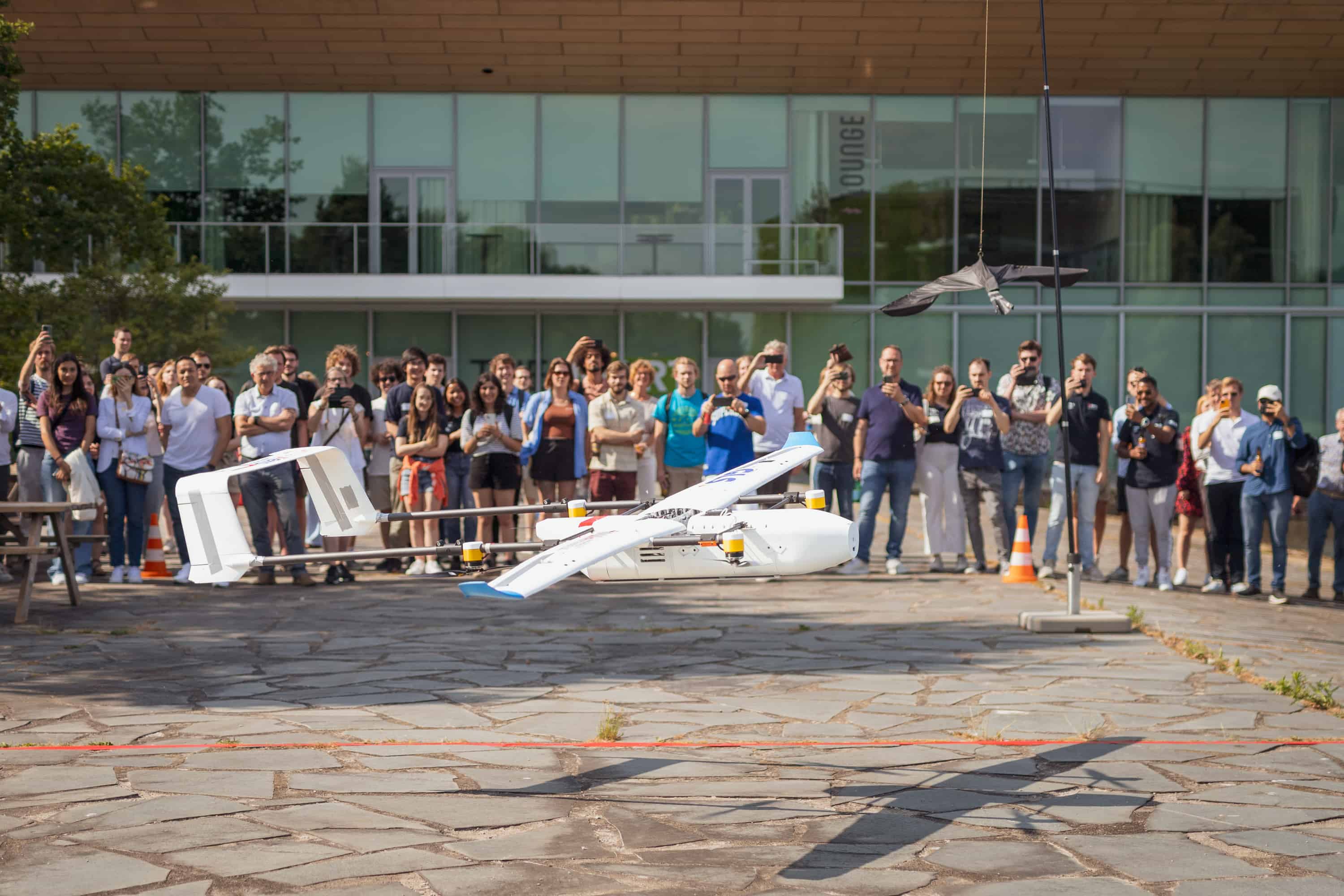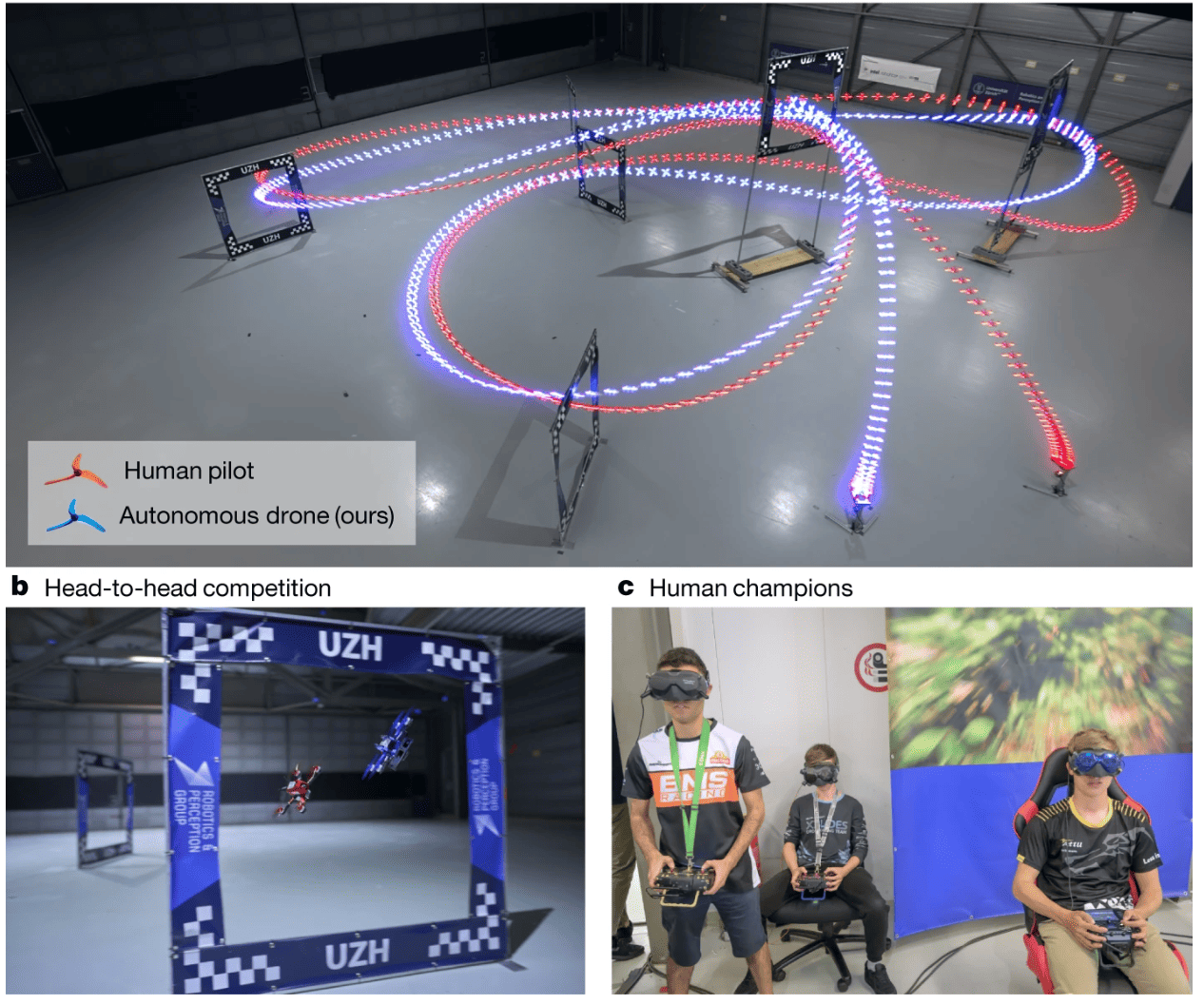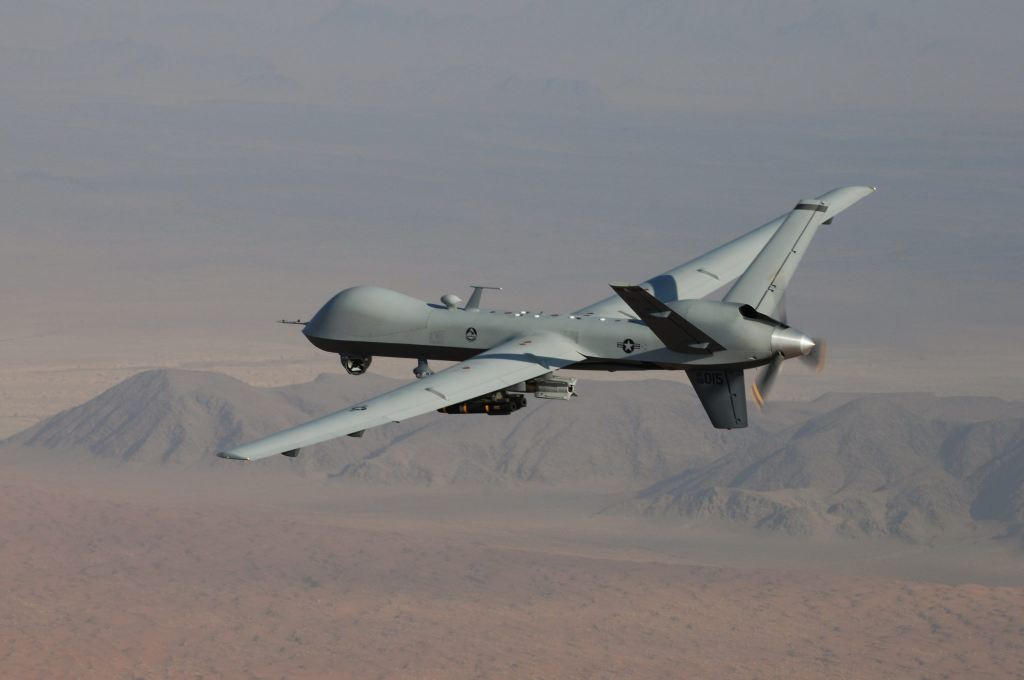
Drones are being talked about as the means of transportation of the future. They could reduce inner-city traffic congestion, and also help people in disaster regions. This was the motivation for a group of students in the Aerospace Engineering master’s program at the University of Applied Sciences Wiener Neustadt (FHWN) in Vienna, Austria. Here, master’s students have been working on the Trogon transport drone since 2017. After numerous projects and several master’s theses, the students and lecturers also wanted to see the drone fly. With the support of the Modellflug Club (MFC) Weikersdorf, they managed to build a model. The first test showed that they did an excellent job: Trogon passed its maiden flight flawlessly.
Its behavior in fast, tight turns; in maneuvers for sudden changes in flight altitude; and in gusts of wind was tested. The prototype withstood even strong gusts of wind – a factor that can be taken into account in the design but is difficult to calculate precisely in advance. Drones with this performance are already being used in the military sector, but the students at the FH Wiener Neustadt wanted to provide an impetus for using transport drones in the commercial sector.

Transport drones for commercial use
As a heavy-duty drone, Trogon can transport loaded Euro pallets of up to 500 kilos at a maximum speed of ca. 350 km/h. But it’s not just the weight and speed that are impressive. So is the distance, as it can travel up to 1,500 kilometers. This corresponds to the distance between Vienna, Austria, and Manchester, UK. By way of comparison, the Volodrone transport drone from the German manufacturer Volocopter, currently in the development phase, can transport a payload of 200 kilograms for just over 40 kilometers.
Trogon has a wingspan of 14 meters, making it similar to a small aircraft. The wings distinguish Trogon from the more common category of drones that use helicopter-like technology. In a helicopter drone, lift is generated by the rotor and it is controlled by the speed and blade pitch of the rotor. At lower RPMs, the lift decreases and the drone sinks. To move forward, the aircraft must be slightly tilted and the rotor blades adjusted, representing a substantial mechanical effort.

Helicopter-like propulsion
Drones with multiple propellers work a little differently. They have four to eight propellers that are fixed in place. The wings distinguish Trogon from the more common category of drones that use helicopter-like technology. In the helicopter drone, lift is generated by the rotor and it is controlled by the speed and blade pitch of the rotor. At lower RPMs, the lift decreases and the drone sinks. To move forward, the aircraft must be slightly tilted and the rotor blades adjusted, representing a substantial mechanical effort.
Helicopter-like propulsion…
Drones with multiple propellers work a little differently. They have four to eight propellers that are fixed in place. That means you can’t adjust them. They are controlled by the different speeds of the individual propellers – and this allows the drone to fly in virtually any direction. The moment the propeller turns less, you have less lift and lose altitude. As a result, the drone and helicopter can only reach a limited altitude. With airplanes, this is not an issue. The drone, on the other hand, has the advantage of not needing a runway. This is an advantage during operations in urban areas and in the mountains.
…vs. aircraft-like propulsion
In the Trogon transport drone, the wing generates the propulsion. The forward motion causes air to flow around the wing, resulting in lift. This effect also occurs when you hold your hand out of the window of a moving car and twist it slightly. A force occurs that pulls the arm upward,” explains fluid mechanic Dr. Markus Trenker, who is leading the project.
The idea of the transport drone with wings originally came from the students. The central task in the conceptual design was to create a suitable wing geometry and design the fuselage. The fuselage had to have as large a volume as possible to bring in piece goods on pallets. For loading and unloading, the fuselage can be opened at the nose and accessed with a dolly.
Hull provides lift
But a large-volume hull also generates a lot of drag, which must be compensated for. Thus the idea to shape the fuselage such that it contributes to lift at higher speeds. That is, like the wings, it generates an upward force that keeps it in the sky. However, the wing generates much more lift than the fuselage.
Both the fuselage and the wing have the shape of an asymmetrical water drop in the vertical section. The wing and fuselage generate lift through their contours. It is this that gives the drone higher speed, longer range and better stability, as well as the ability to carry a larger payload. According to Trenker, “Lift-generating bodies produce higher velocities on the top than on the bottom due to their shape. As the velocity increases, the pressure decreases. This leads to a pressure difference between the upper and lower surfaces, which results in lift force when integrated over the wing surface.”
The modeling experts who built the prototype used balsa wood, which has a low density and is very light. As a result, the drone has a total weight – including battery and motor – of no more than 11 kilos. Low weight is one of the most important parameters for aerial vehicles. In the case of transport drones, a low dead weight also allows for a greater payload.
Control
There are a variety of options for future control of transport drones. Which ones are chosen depends on future legislation, Trenker explains. For example, it would be conceivable to program certain points in advance via GPS, which Trogon would then fly over automatically. Since the model has a camera on board, it can also be steered by a pilot via remote control.
For takeoff and landing, the drone needs a flat surface like a meadow. But as long as there are about 800 meters of flat terrain, Trogon can also land in remote areas. This means that the students achieved their goal: the drone could deliver goods to disaster and crisis areas or be used in cases where pilots’ lives would be at risk, such as in extreme weather conditions or during wartime.
Lengthy approval procedures
So far, the project has been made possible solely by the FH Wiener Neustadt and modeling experts from MFC Weikersdorf. A significant amount of capital would be required to take the prototype to a market-ready drone, Trenker explains when asked about a possible market launch. In addition, autonomous aerial vehicles are subject to a lengthy certification process. This has not yet been sufficiently defined, he said.
On December 31, 2020, new EU drone regulations were introduced. It eliminated limits on size and weight for professional or industrial use and only a few restrictions remain regarding the mission profile. But the approval procedures increase proportionally to the identified risk factors of the planned mission. Once a particular mission profile has been approved in one EU member state, it is generally approved by all other member states.







